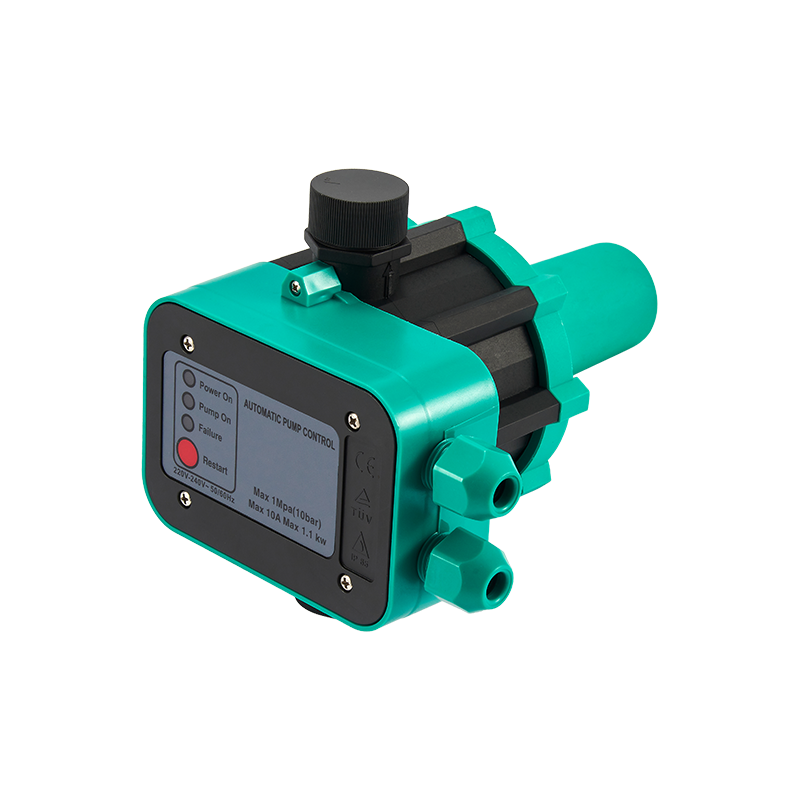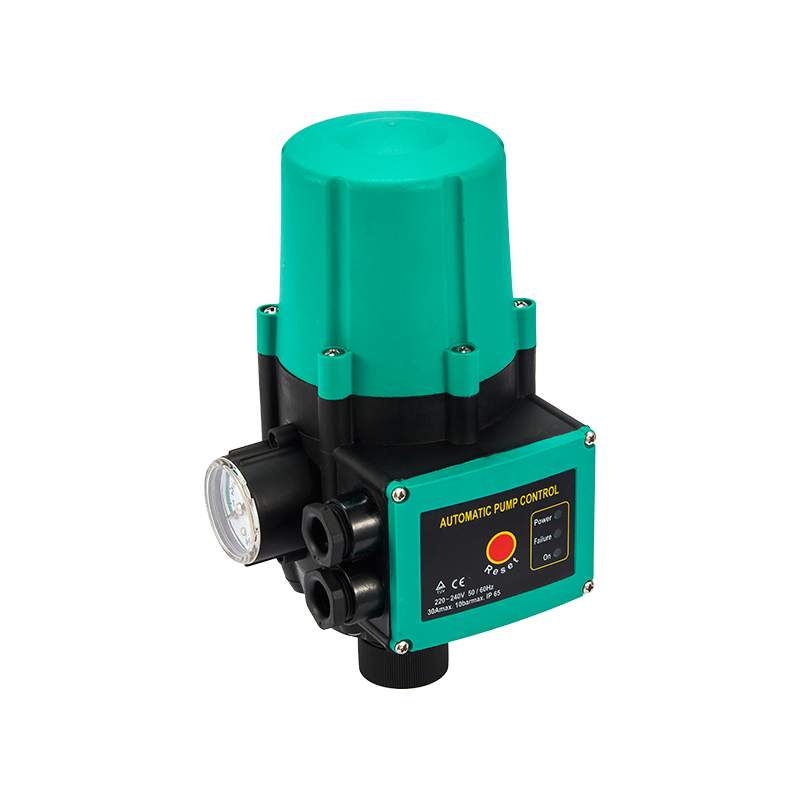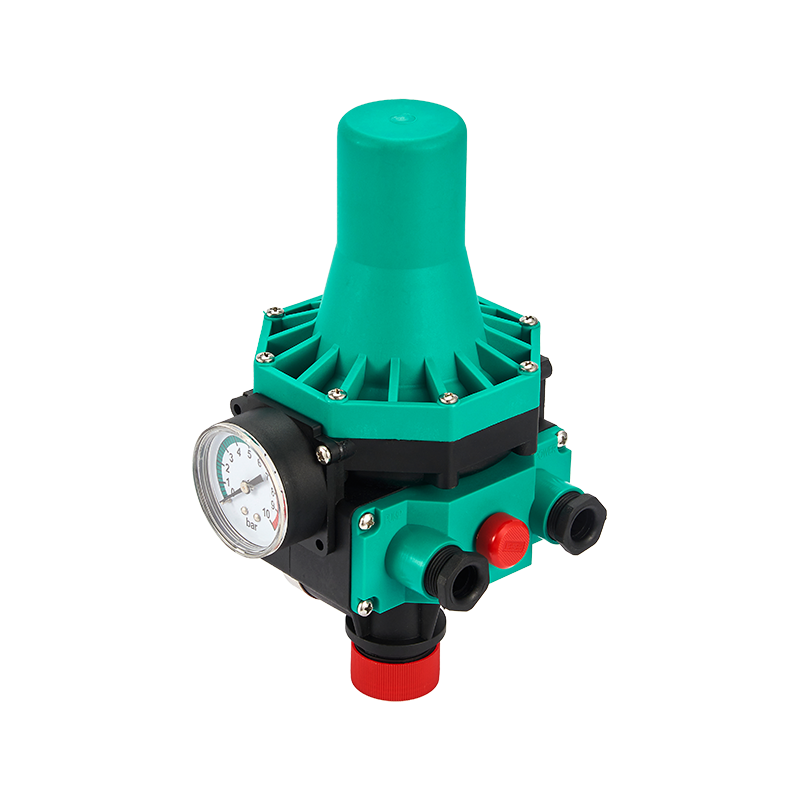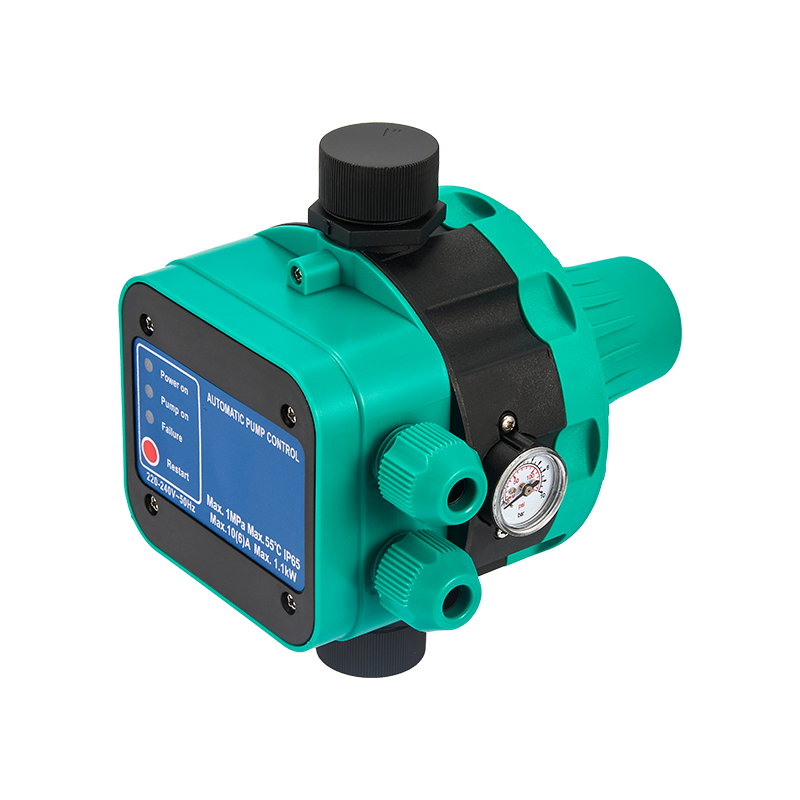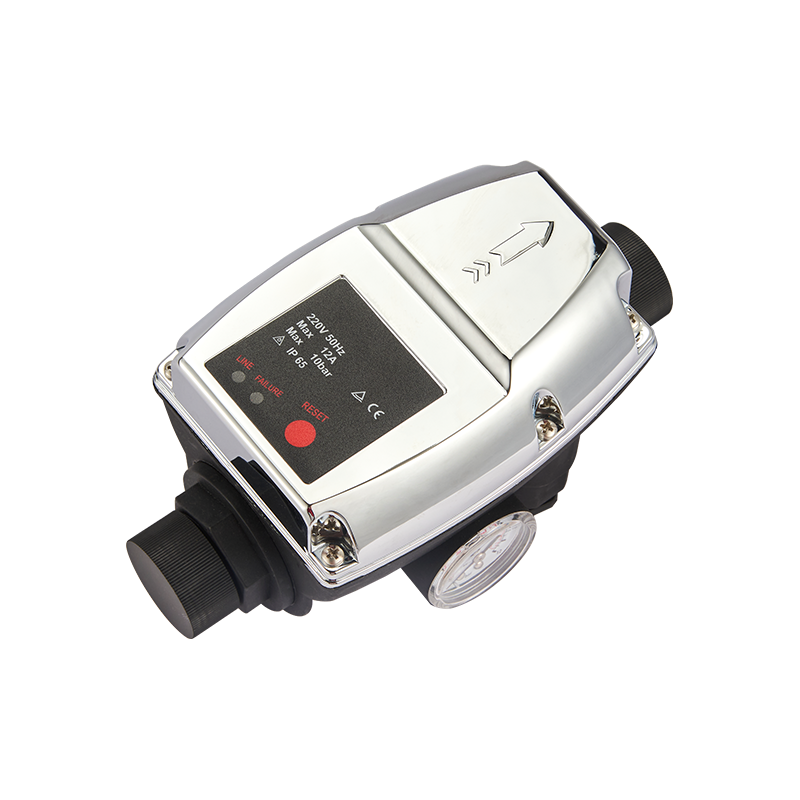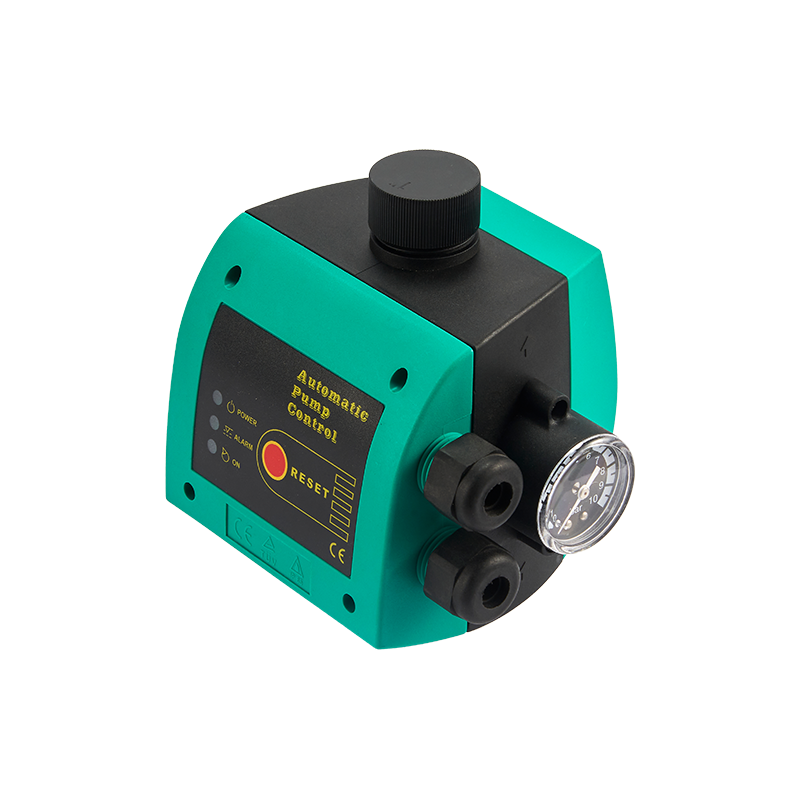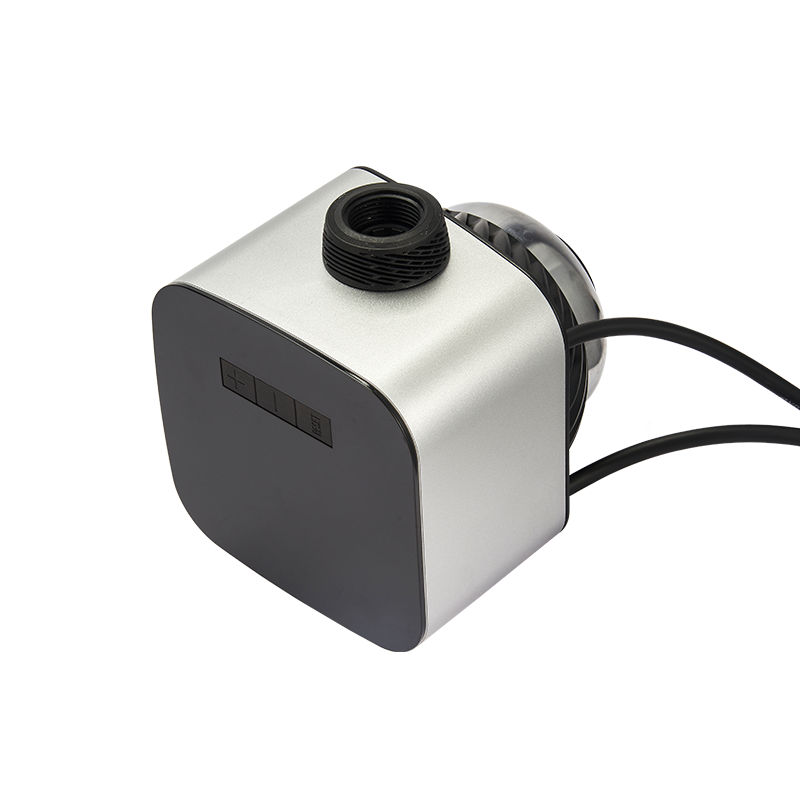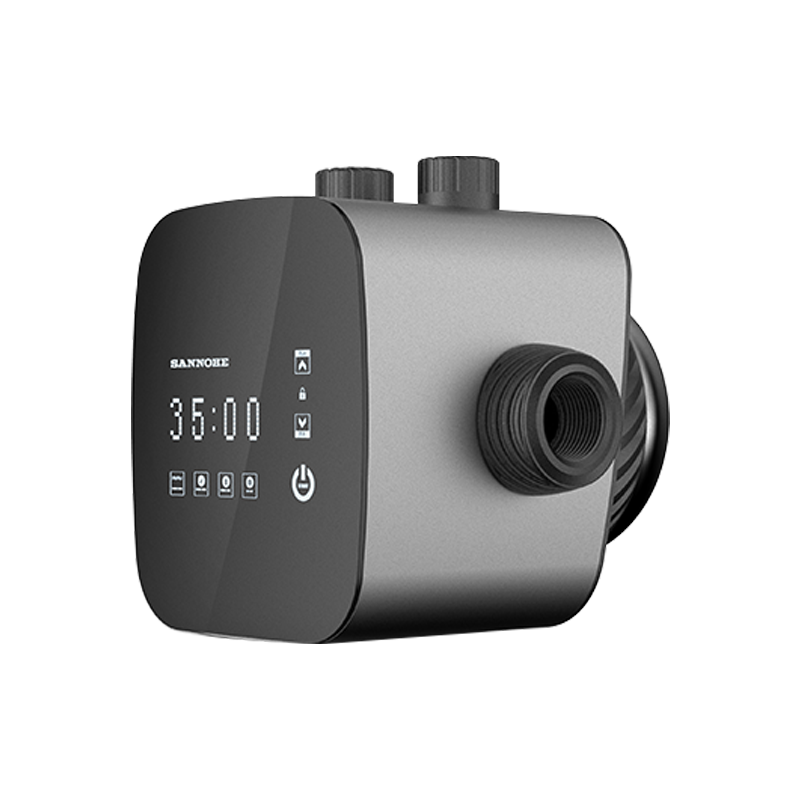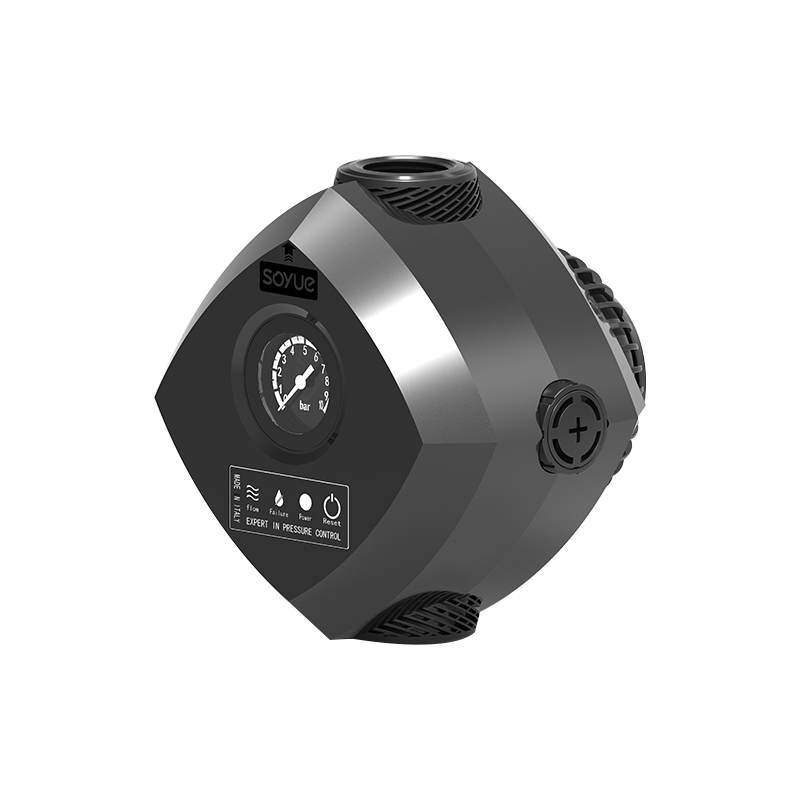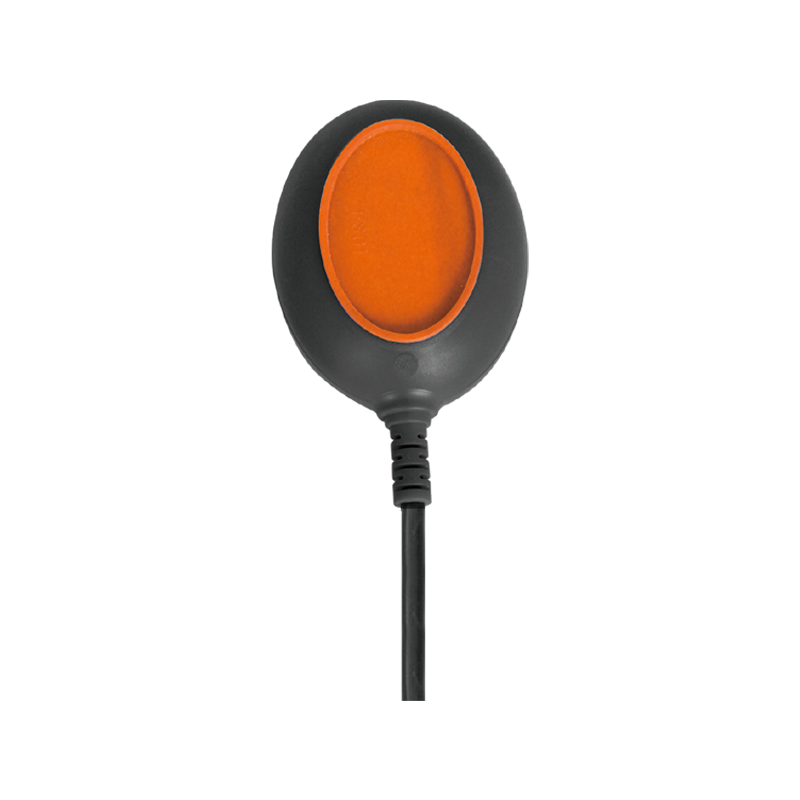Pressure switches monitor the pressure in a system and tell your pump to turn on when it goes down to a certain point. For example, if you have a 40/60 switch (one of the most common options), your pump turns on when the water pressure drops from 60 PSI to 40 PSI.The pressure sensor in a pump pressure switch senses pressure through the piston or diaphragm and sends a signal that controls the pump or valve. The switch also functions to keep the reservoir level stable and protect equipment from damage.A pressure switch can have a variety of different components depending on the application. It is important to find a switch that fits your needs.

In order to select a switch, you need to consider the following:Accuracy: This is the accuracy of the pressure sensor and how well it can detect the change in pressure within the set point.Repeatability: This is the consistency between measurements or activations at a certain pressure.Both mechanical and electronic pressure switches can be programmable to meet the requirements of your application. They can have different switch points, output signals, hysteresis, and delay time.The piston in a pump pressure switch is the main component that mechanically actuates the switch. It has one side subjected to the fluid pressure and the other side in atmospheric pressure, which is countered by force from a preloaded spring.
There are several types of pump switches that can be used to control a pump. They can be single or double acting, which determines how the piston moves to perform suction and discharge.A radial piston pump contains pistons arranged like spokes around a cylindrical block that moves in the same direction as the block’s centerline (axially). These pumps are commonly found in sewage pumps and have many benefits, including low noise level and high efficiency.A common problem with pumps is short cycling. This is when the pump turns on and off quickly. This is typically caused by worn-down contacts or a loose spring. It can also be a result of an unregulated pressure tank that is ruptured.The setpoint adjustment screw in a pump pressure switch is used to increase or decrease the activation pressure (set point) of the device. This is done by turning the screw clockwise to increase the setting and counter-clockwise to decrease the setting.
The adjustment of the pressure setting is critical, especially in water systems, because it prevents a cycle of continuous start and stop that can damage your well pump. Increasing the set point too high could cause leaks in plumbing fixtures or piping, or even a burst water tank that would seriously injure anyone nearby.To adjust the pressure setting you will need a hand pressure regulator and test gauge, depending on the switch model. It is also recommended to use a multimeter and lightbox to verify the change in pressure setpoint.The contacts within a pump pressure switch are responsible for completing an electrical circuit. They open when water pressure drops below the cut-in pressure (Commonly, 30 psi - 40 psi).When the switch reaches its shut off pressure (Commonly, 50 psi - 60 psi), it closes the contacts which completes the circuit. The switch then powers up the well pump to deliver more water to your home.

